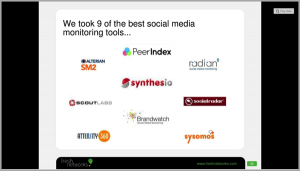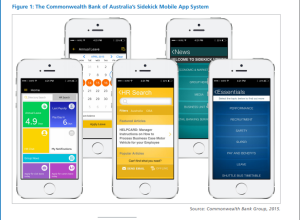by Mark Hatch, January 15. 2015
Can search engines help find customers? Traditionally, probably not. At best, search engines are brute force tools, often making users type in highly sophisticated search strings to get a refined, usable result. So if search is that complicated, and results so mixed, why is there a search feature on every social media site? The simple answer is that we are meant to find people on these sites, but even that’s not always that easy. Get a name slightly wrong (on many sites), or overlook a married name, and your search results will happily return a “no results found” message.
What if the search engine model was flipped on its ear and used to find buyers instead of people? What if someone could type “people who eat oatmeal for breakfast” into a search engine and find 100,000 people with a self-reported interest in oatmeal? Wouldn’t this group become a great audience to market healthy breakfast options?
Of course, this can’t work using traditional search methods. You can’t search for “people who eat oatmeal for breakfast” in Google or Bing. The query results would return a list of Web sites with text containing the phrase “people who eat oatmeal for breakfast.” The search engine won’t spit out a list of buyers behind the results. The search engine will also return only the most-visited Web sites, from authors who mention the phrase “people who eat oatmeal for breakfast” most often. This is standard SEO. There are few options for brands to find customers, because little is known about how to search for customers. What’s missing? Context, for one. There is a clear and present need for a search engine with enough contextual understanding to discern meaning from web content.
A search engine operating on a contextual understanding of the search terms — and which content matches — has tremendous potential. Think of the implications for brands: the ability to discover individuals with a stated need for specific products. This search engine could work alongside current targeting technologies such as predictive analytics, but uses what people say — their stated intent, aka “declared data” —t o target specific buyers with specific offers, eliminating much of the wasted effort and wasted dollars.
What will it take to get us there? As we have already discussed, current search models are not the answer. A new approach is needed — one that brings search and context together in new ways that help brands find buyers using highly refined criteria, and marketing to them at the right time: as they are poised to buy. Now that’s my kind of search engine!
(243)
Report Post






